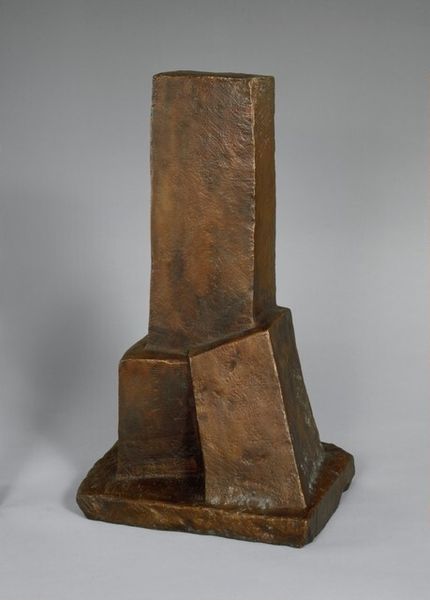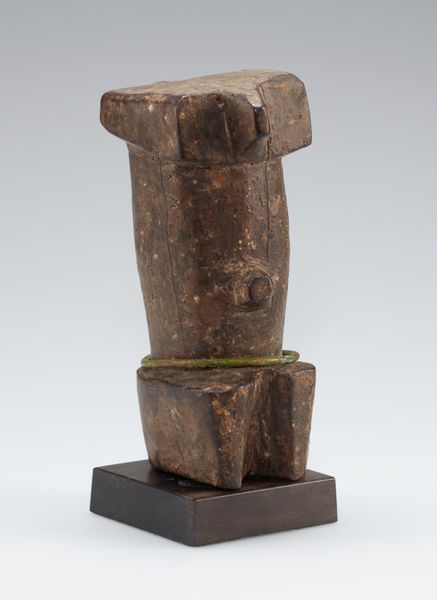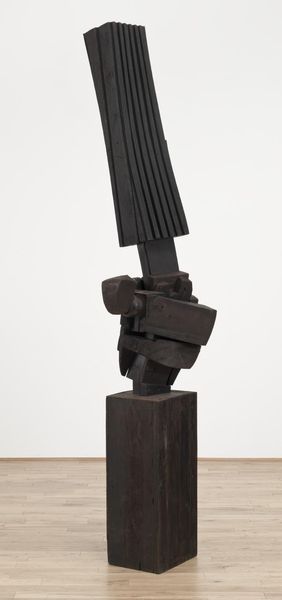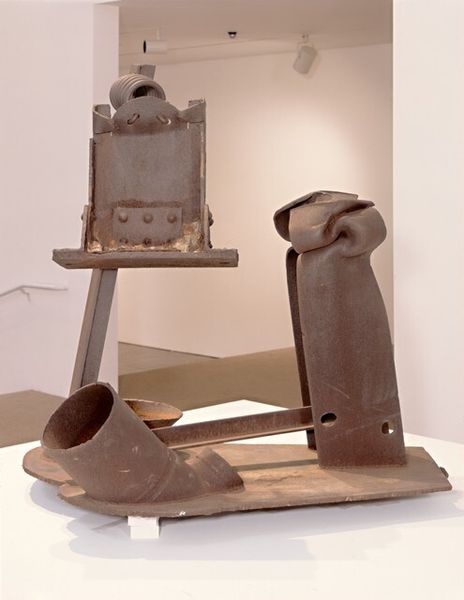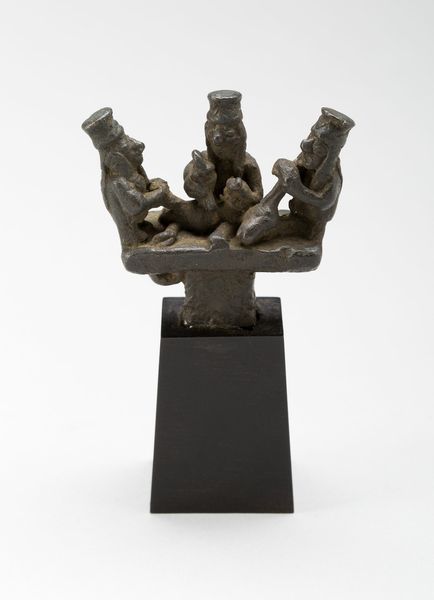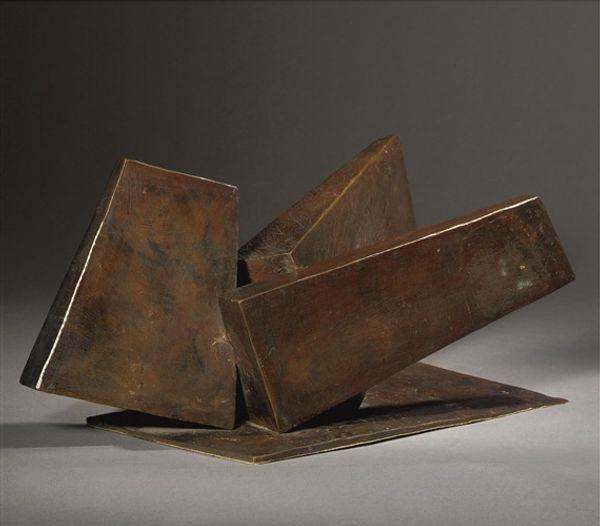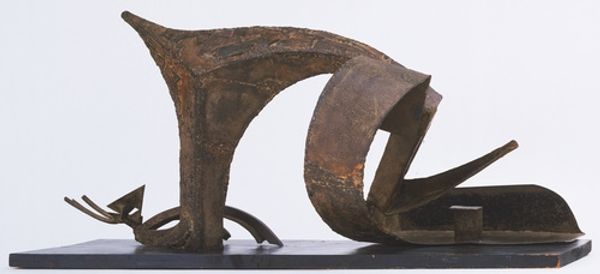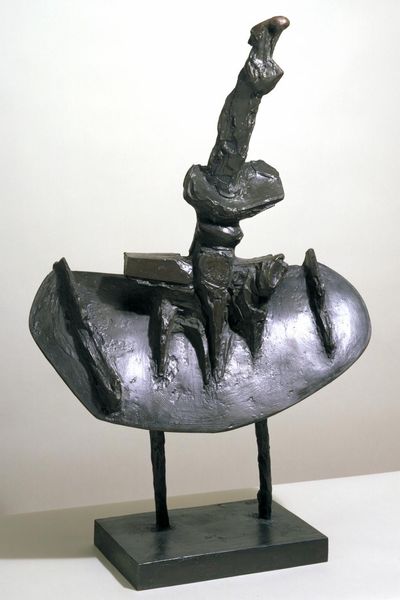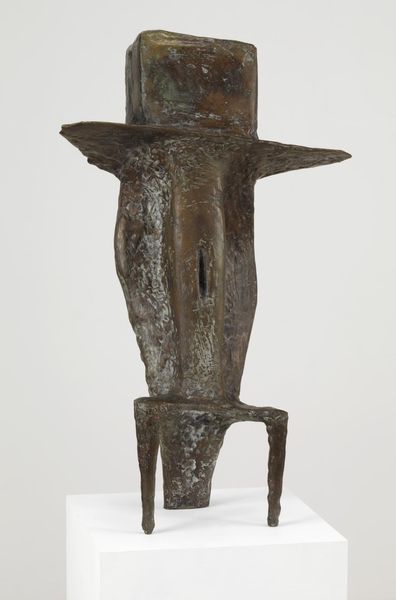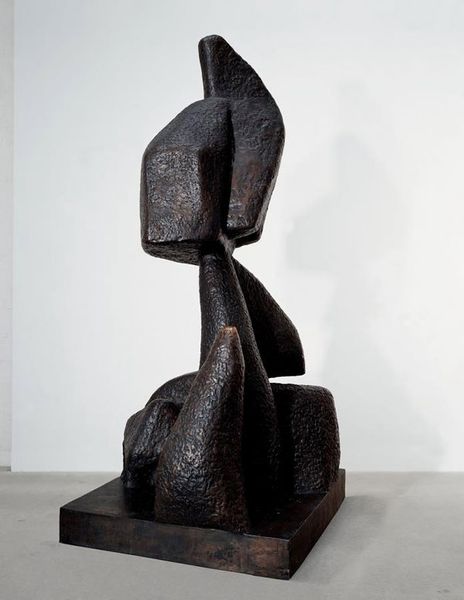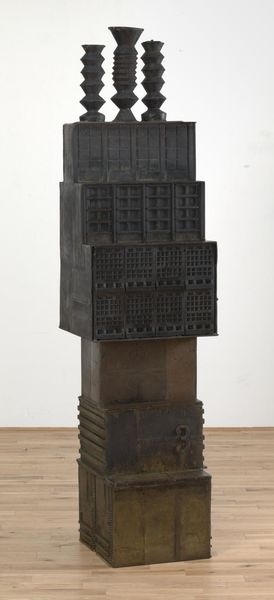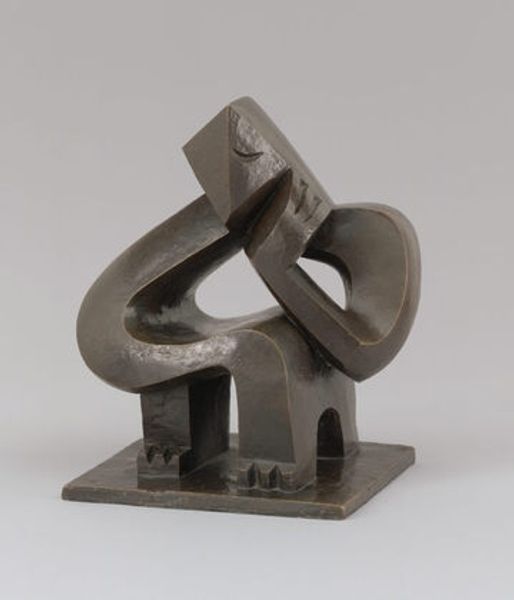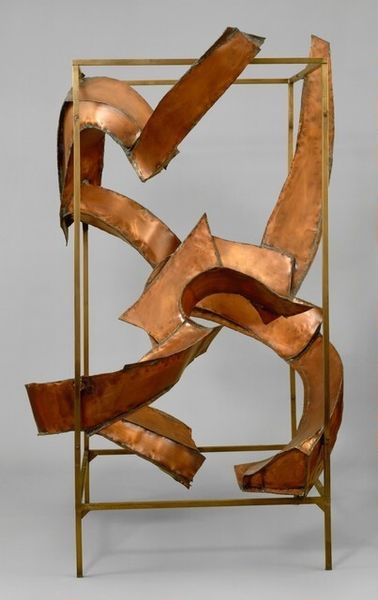
Dimensions: object: 616 x 591 x 445 mm, 71.7 kg
Copyright: CC-BY-NC-ND 4.0 DEED, Photo: Tate
Editor: Here we have Oto Gutfreund's "Cubist Bust," housed at the Tate. It's quite imposing in its bronze form. What strikes you most about it? Curator: It speaks volumes about the early 20th-century anxieties surrounding identity. Gutfreund fractures the human form, mirroring how society was grappling with shifting cultural norms. How does this fragmentation resonate with you? Editor: It feels like a deliberate rejection of classical ideals, almost defiant. Curator: Exactly. This defiance reflects a broader movement towards challenging established power structures. The rough texture and deconstructed form embody a rebellion against tradition. It's not just art; it's a statement. Editor: I never considered the political implications within the artwork. Thanks for the insight! Curator: It's a reminder that art can be a powerful vehicle for social change.
Comments
Join the conversation
Join millions of artists and users on Artera today and experience the ultimate creative platform.
tate 6 months ago
⋮
Gutfreund saw Picasso’s painting when he was studying sculpture in Paris. On his return to Prague he tried to express the principles of Cubism in sculpture. It is thought that this was the last of a series of portraits of the artist's father. Rather than represent the subject's facial features or personality, Gutfreund constructed the figure using geometric volumes, attempting to create a dynamic relationship between the shapes and their surrounding space. Gallery label, June 2009
